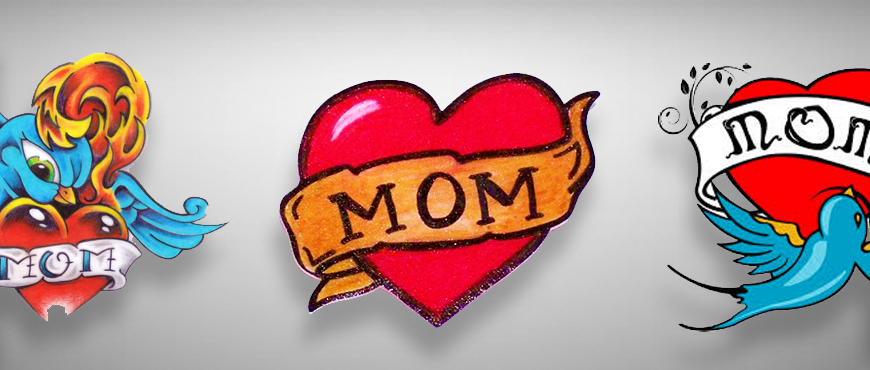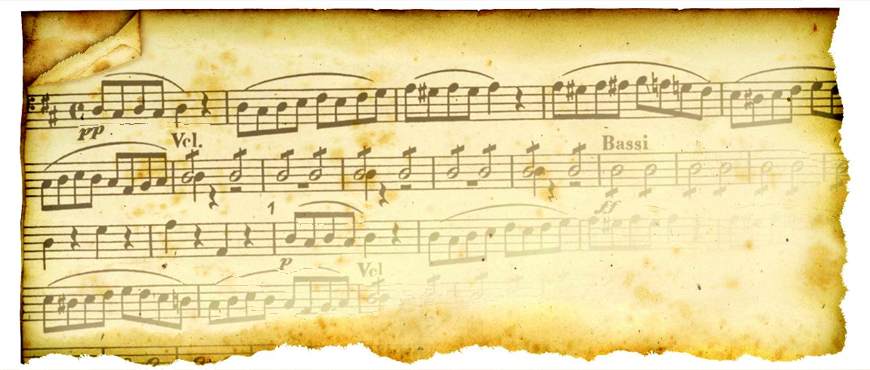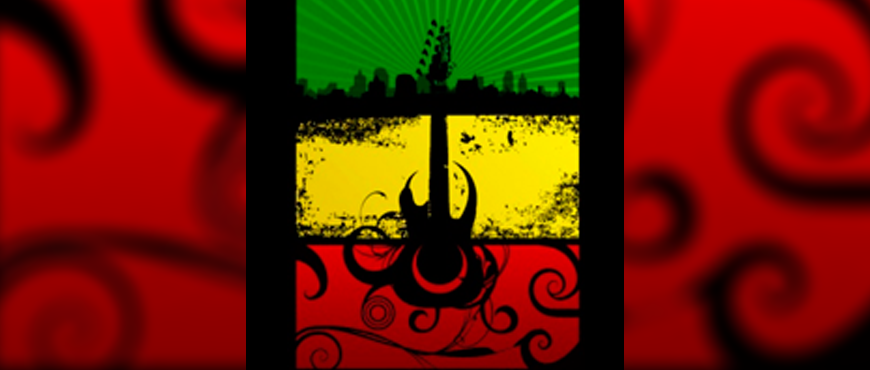
Diatonic Chords on the Bottom Strings
September 22, 2015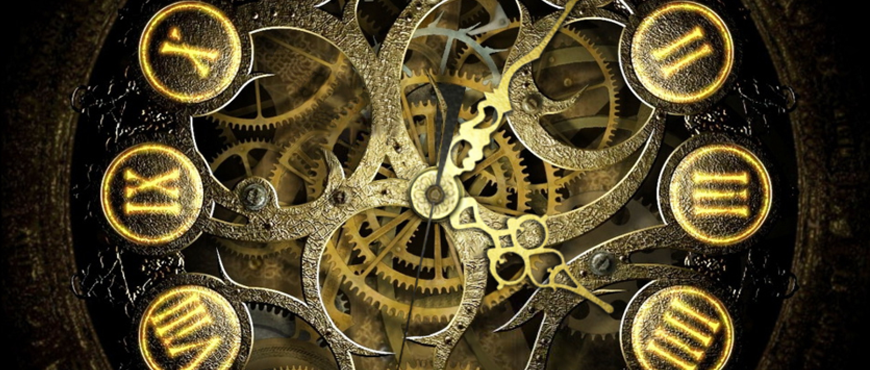
Measures & Time Signatures
October 6, 2015Musical Beat & Tempo
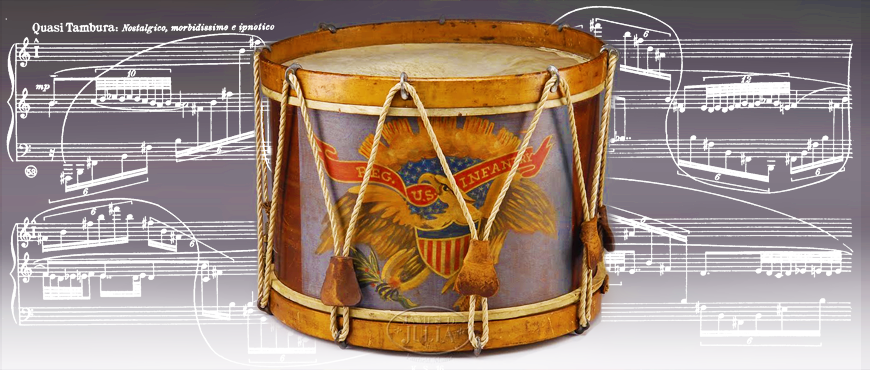
[ padding=”0 20px 0 20px”]
All music has a pulse.We usually call it the beat, and it is what keeps a piece of music moving along and allows musicians to play together.
When you tap your foot or dance while listening to a song, you are reacting to the beat.
Sometimes it is easy to hear (dance music) but sometimes it isn’t as obvious (some classical music).
Feeling the beat is easy however. Consider this popular children’s song. Just follow the bouncing ball.
The Beat

The Tempo
The tempo refers to the speed at which a piece of music is played.
It is measured in Beats Per Minute (BPM). The higher the BPM, the more notes need to be fit into a minute, the faster the music.
Typically, pop and rock music maintain a steady tempo throughout a song, while classical music tempos shift for dramatic effect.
Rubato is a rhythmic technique of speeding up and slowing down the tempo of a song to add expressiveness used by solo instrumentalists.
There are old Italian terms that can be used to indicate tempo. They are typically used in classical music.
While each covers an approximate tempo range, they are mainly used to convey a general ‘feel’, and are less precise than a strict BPM tempo measurement.
There are so many of them, that they can be hard to remember. Here are a few of the more common tempo names:

A study conducted on top 40 pop songs from the last thirty years determined that the optimum tempo for a “hit” is around 120 bpm.
[/]

